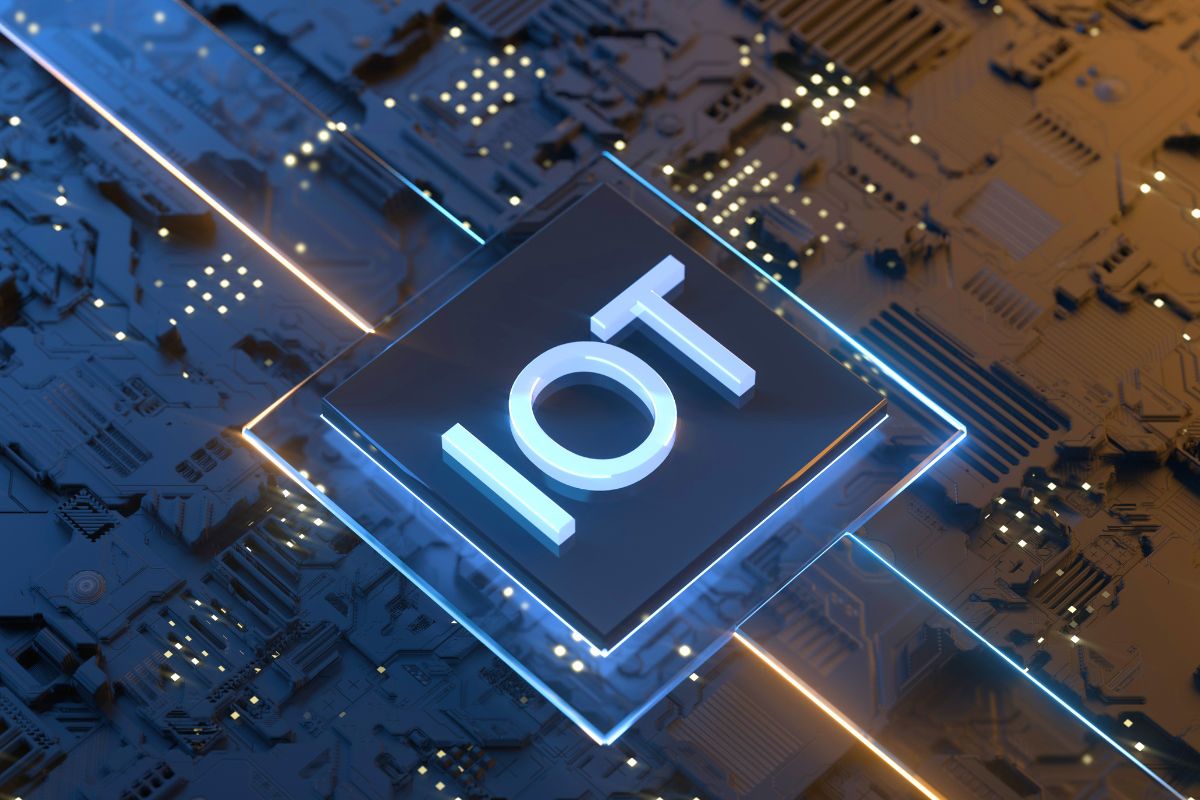Industrial Internet of Things (IIoT) is the combination of Internet of Things (IoT) and industry. It refers to the connectivity and interaction of physical objects and systems in the industrial environment.
But let's take a step back and start with the basics. As per the Treccani definition, Internet of Things means a "Network of objects equipped with identification technologies, connected to each other, capable of communicating both with each other and to nodal points of the system, but above all capable of constituting a huge network of things where each of them can be traced by name and by reference to location." The concept, or rather the expression Internet of Things originated as far back as 1999 and obviously since that year in the world of technology and industry things have changed significantly.
The new frontier: the Industrial Internet of Things. The benefits for companies
This brings us to the second point, namely Industrial Internet of Things, which is the use of IoT technology (connected machines, devices and sensors) in the field of industrial applications. Obviously, IIoT has the potential to transform industry significantly by helping companies improve efficiency, reduce costs, enhance product safety and quality, and improve customer satisfaction.
More specifically, IIoT offers a number of benefits for companies of all sizes. First, IIoT can help companies improve the efficiency of production processes by, for example, monitoring energy consumption and automating repetitive tasks. This leads to a considerable reduction in operational costs related to maintenance or optimization of production processes.
W6, the future of industrial automation
W6 represents what we can call the future of industrial automation, and it develops its potential precisely by making use of the IIoT. More than a bridge between different machines, W6 is a tool that can ensure optimized and efficient management of devices, from which it gathers variables available through the IIoT, going so far as to simplify decision-making activities.
More specifically, it is a digital platform that can link industrial automation and Cloud Control, two pillars on which the present and future of industry is based. The result? A tool that can easily and intuitively connect every device starting from field signals.
Simplifying, we can present W6 as a kind of translator that can make all IoT devices and systems talk to each other. The first advantage of W6 is the ability to manage multiple machines and systems through a single interface from which to manage all control devices. Moreover, thanks to the dynamic learning mechanism, W6 is able to constantly improve performance by optimizing processes after autonomously learning the best possible settings for the application. As for data storage, W6 is able to store data securely and efficiently.





Leave a comment